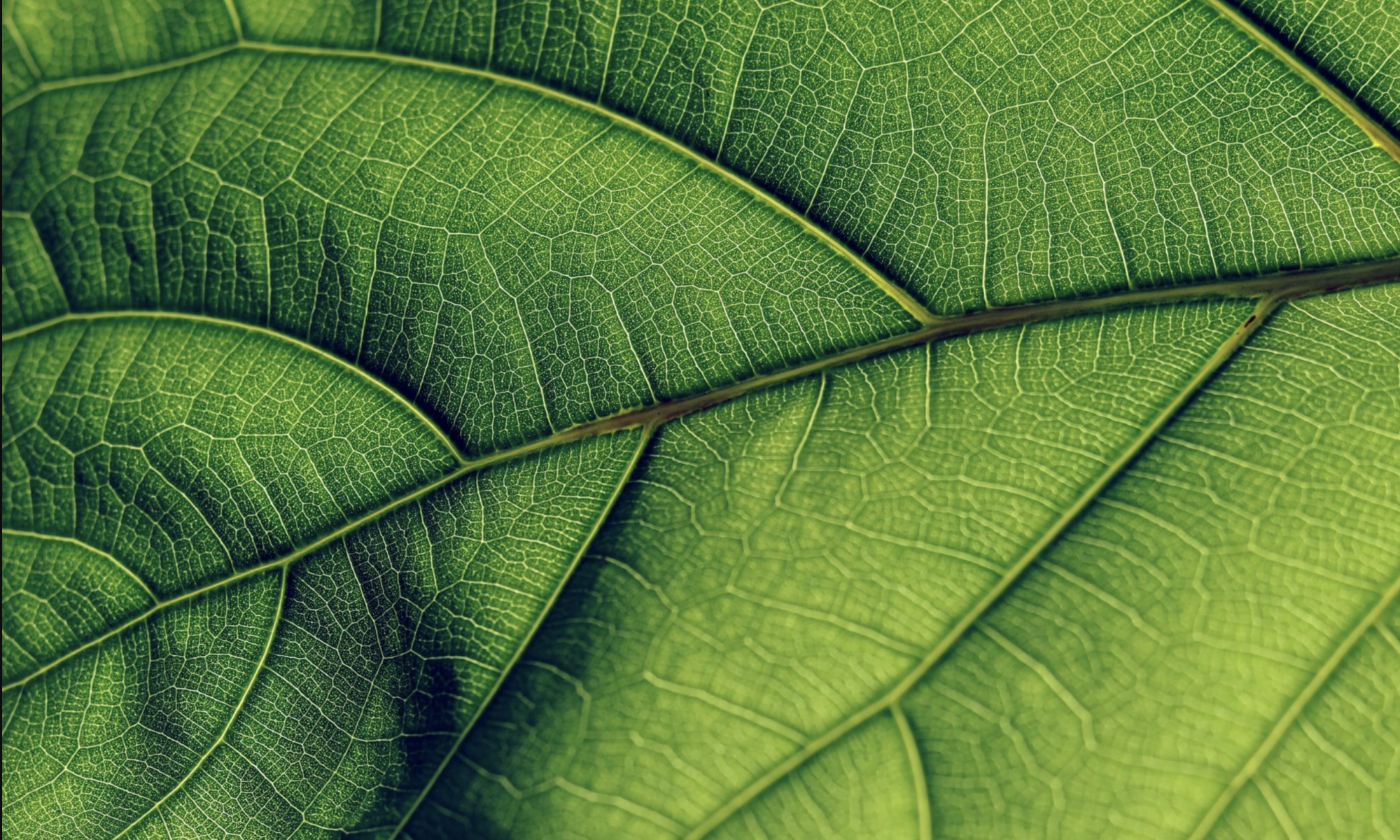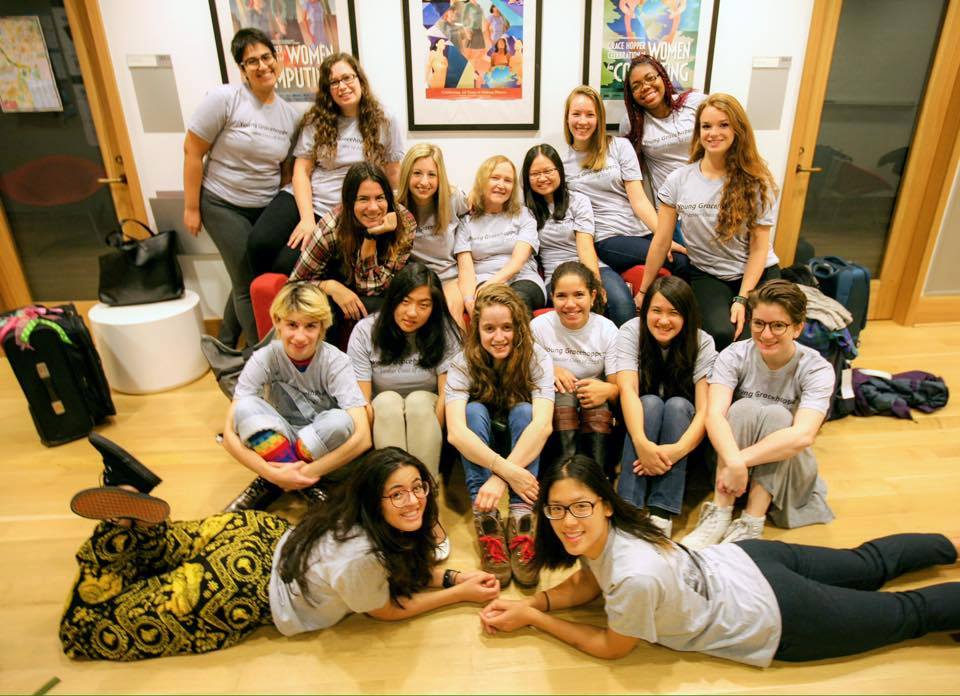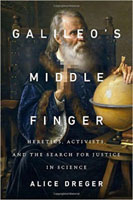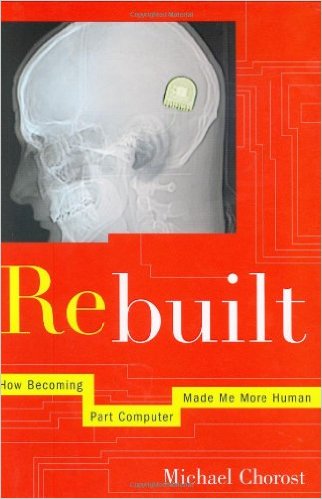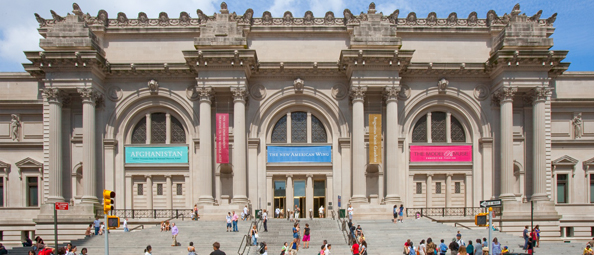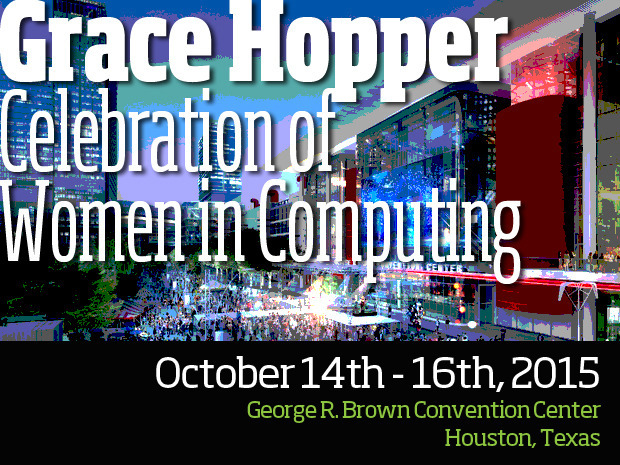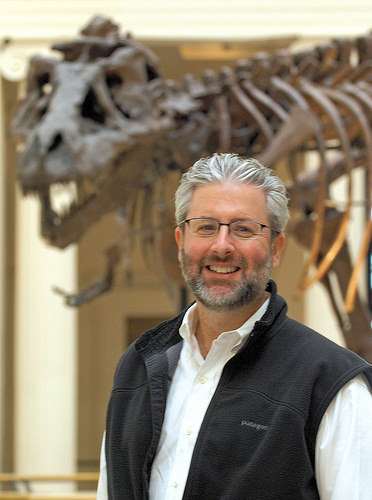Students may submit applications for Research Enhancement Awards at any time. The Spring 2014 applications from faculty for funds to Keep Current or to develop Science Inquiry Modules (SIMs) are due Monday, March 24, 2014.
Carly Bloomfeld VC computer science major reports on the Grace Hopper Celebration of Women in Science 2015

Carly Bloomfeld was among the group of computer science majors who attended the 2015 Grace Hopper Celebration of Women in Computing. Carly reported that the conference was a great experience. A major aspect of it was the job fair with representatives from hundreds of different tech companies doing interviews on-site. Lectures on a wide range of topics such as how to get involved in open-source programming and how virtual reality technology can be used for social good were especially compelling. The conference was a great opportunity for job searching, networking, and simply learning about technology!
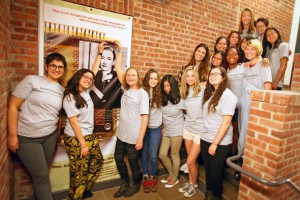 Gracehoppers! Posing here with a campus poster honoring legendary computing innovator/Vassar alumna/former VC math professor Grace Hopper ’28, During the college’s October break week computer science professor Jennifer Walter (third from left) is led the large VC contingent to this informative and empowering conference for computing females of many ages, which attracts roughly 10,000 international attendees (http://gracehopper.anitaborg.org/). Read more about the event’s namesake via the online Vassar Encyclopedia: https://vcencyclopedia.vassar.edu/alumni/grace-murray-hopper.html. Some of the “Hoppers” were funded by the Asprey Center for Collaborative Approaches to Science while others won one-time-only awards from the organizations that fund the conference.
Gracehoppers! Posing here with a campus poster honoring legendary computing innovator/Vassar alumna/former VC math professor Grace Hopper ’28, During the college’s October break week computer science professor Jennifer Walter (third from left) is led the large VC contingent to this informative and empowering conference for computing females of many ages, which attracts roughly 10,000 international attendees (http://gracehopper.anitaborg.org/). Read more about the event’s namesake via the online Vassar Encyclopedia: https://vcencyclopedia.vassar.edu/alumni/grace-murray-hopper.html. Some of the “Hoppers” were funded by the Asprey Center for Collaborative Approaches to Science while others won one-time-only awards from the organizations that fund the conference.
Imaging/Imagining: Art In Science Image Competition
Imaging/Imagining: An Art In Science Image Competition
What: A juried scientific image competition, with prizes for student teams in three categories:
- The World Around Us – images in which the subject is visible to the naked eye
- Visualizing the Unseen – images captured with the use of optics that extend beyond what the eye can see, such as microscopes and telescopes
- Imagining Science – images that depict objects too small to be visualized directly, models of scientific phenomena or processes, or interpretations of scientific information
Who is eligible: Anyone who is a member of the Vassar community can submit works to be considered for display. Only student teams of one science major and one arts/humanities major are eligible for prizes.
When: CAAD (Collaborative Arts Across Disciplines) will be accepting entries beginning on Feb. 8, 2016. Entries must be submitted no later than March 28, 2016.
Prizes: The top entry in each category will win $200 ($100 per student), and a large format print of their image.
Details and guidelines
- Images must be submitted in digital form by email to image@vassar.edu. Each entrant may submit up to three images for judging. Each submission must include a completed entry form below. You will receive a confirmation that your image has been successfully submitted.
- Maximum file size is 20 Mb (megabytes), and it is recommended the file size be no smaller than 3 Mb, although smaller file sizes will not be disqualified.
- Files must be in:.JPEG, .TIFF, or .PSD Please submit the highest quality image with regard to file size, bit depth, and resolution.
- A panel of judges including Felice Frankel (author of Visual Strategies: A Practical Guide to Graphics for Scientists and Engineers and an award-winning science photographer) will select the winners in each category, as well as images that will be displayed in and around the Bridge for Laboratory Sciences.
- All entrants will be notified via email on or before May 1, 2016 with results.
Entries will be judged on originality, informational content, technical proficiency, and artistic/visual impact.
Winning entries will be displayed in the Bridge for Laboratory Sciences, will be published on Vassar websites, and will appear in slide shows on other Vassar College web sites.
Questions? Contact image@vassar.edu
Sponsored by the Asprey Center for Collaborative Approaches to Science and CAAD
Alice Dreger to give Pauline Newman ‘47 Distinguished Lecture in Science, Technology, and Society, April 7, 2016
ALICE DREGER, Ph.D., author of Galileo’s Middle Finger: Heretics, Activists, and the Search for Justice in Science, will give the Pauline Newman ’47 Distinguished Lecture on April 7, 2016 (5 p.m., Taylor Hall 102).
Alice Dreger is an historian of science and social justice advocate. She argues passionately the need to use historic and scientific evidence to create a more
just world. Much of her academic and advocacy work has focused on improving the lives of people born with norm-challenging bodies. More recently, she has been exploring the role of academics and journalists in sustaining American democracy, and the absolute need for use of scientific and historic evidence in sustaining both democracy and social justice. Her 2015 book calls “on American academics to step up, defend academic freedom,
and be responsible to truth and democracy, both.”
Pauline Newman graduated from Vassar in 1947 and then went on to earn an MS from Columbia, a Ph.D. in Applied Physical Chemistry from Yale and an LL.B. from NYU. Her early career involved research, patent law, and policy work. Since 1984 Judge Pauline Newman has served on the United States Court of Appeals for the Federal Circuit. Her distinguished career as a jurist has included authoring many important opinions in the field of intellectual property and
patent law, and more broadly, she has been involved in many decisions that have bridged issues of importance for the practice and application of science
and technology, for government, business and academia.
Engaging Science Book Club discussion of Rebuilt: How Becoming Part Computer Made Me More Human by Michael Chorost.
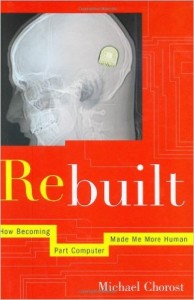
In anticipation of author Michael Chorost’s visit to Vassar February 23 – 25, 2016 as part of the College’s Creative Arts Across the Discipoines (CAAD) initiative – Sonic Cyborg program, the Asprey CCAS Engaging Science Book Club will read and discuss Chorost’s book Rebuilt: How Becoming Part Computer Made Me More Human by Michael Chorost. The inform discussions will be held Wednesday Feb 10th from 3-4pm and Thursday Feb 18th from 4-5pm (check back soon for location!) The Engaging Science Book Club of the Asprey Center has purchased copies of Chorost’s book. They are available, free of charge, in the Physics and Astronomy Department office (SP 103 – Please ask for Christine Anzalone).
Chorost became a cyborg on October 1, 2001, the day his new ear was booted up. Born hard of hearing in 1964, he went completely deaf in his thirties. Rather than live in silence, he chose to have a computer surgically embedded in his skull to artificially restore his hearing.
Science and Art Meet at the Met October 3, 2015
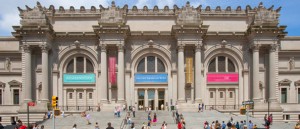
The Asprey Center collaborated with the Department of Earth Science and Geography on a trip to the Metropolitan Museum of Art on October 3, 2015. The purpose of the trip was to investigate properties of earth materials through the lens of art and archeology. After meeting up at the Temple of Dendur to look at the carvings of papyrus and lotus plants into the buff, yellow sandstone from which the Temple was constructed, thirty students and two faculty members dispersed in small groups to examine art and artifacts from the Chinese, Egyptian, Greek, Roman, MIddle American and Near Eastern galleries. Which types of rock were most commonly used to make large sculptures? Which minerals are most commonly used to make jewelry? Which minerals are most commonly used to make pigments used to decorate walls or statues? We addressed these questions and learned that people of ancient cultures in their resourcefulness used readily available materials for everyday tools as well as adornments .
Vassar Students attend 2015 Grace Hopper Celebration for Women in Computing
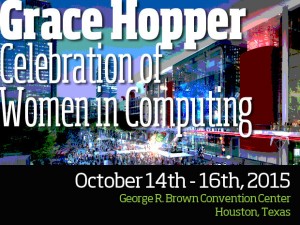 Funded partially by grants from the Asprey Center for Collaborative Approaches to Science, more than a dozen Vassar computer science majors participated in the Grace Hopper Celebration for Women in Computing October 14th – October 16th, 2015 in Houston, Texas. Co-founded by Dr. Anita Borg and Dr. Telle Whitney in 1994 and inspired by the legacy of Admiral Grace Murray Hopper, the Institute’s Grace Hopper Celebration (GHC) of Women In Computing Conference is designed to bring the research and career interests of women in computing to the forefront.
Funded partially by grants from the Asprey Center for Collaborative Approaches to Science, more than a dozen Vassar computer science majors participated in the Grace Hopper Celebration for Women in Computing October 14th – October 16th, 2015 in Houston, Texas. Co-founded by Dr. Anita Borg and Dr. Telle Whitney in 1994 and inspired by the legacy of Admiral Grace Murray Hopper, the Institute’s Grace Hopper Celebration (GHC) of Women In Computing Conference is designed to bring the research and career interests of women in computing to the forefront.  It is the largest technical conference for women in computing and results in collaborative proposals, networking and mentoring for junior women and increased visibility for the contributions of women in computing. Conference presenters are leaders in their respective fields, representing industry, academia and government. Top researchers present their work while special sessions focus on the role of women in today’s technology fields. According to computer science major Carly Bloomfeld (’17), the conference was a great experience. A major aspect of it was the job fair with representatives from hundreds of different tech companies doing interviews on-site. A lot of students who attend the conference get jobs and internships from the job fair. There are also a lot of lectures on a wide range of topics such as how to get involved in open-source programming and how virtual reality technology can be used for social good. The conference was a great opportunity for job searching, networking, and simply learning about technology.”
It is the largest technical conference for women in computing and results in collaborative proposals, networking and mentoring for junior women and increased visibility for the contributions of women in computing. Conference presenters are leaders in their respective fields, representing industry, academia and government. Top researchers present their work while special sessions focus on the role of women in today’s technology fields. According to computer science major Carly Bloomfeld (’17), the conference was a great experience. A major aspect of it was the job fair with representatives from hundreds of different tech companies doing interviews on-site. A lot of students who attend the conference get jobs and internships from the job fair. There are also a lot of lectures on a wide range of topics such as how to get involved in open-source programming and how virtual reality technology can be used for social good. The conference was a great opportunity for job searching, networking, and simply learning about technology.”
The Inaugural Pauline Newman Distinguished Lecture: Dr. Shirley Ann Jackson, April 2 at 5 pm – Taylor Hall, room 102
Shirley Ann Jackson, PhD, the 18th President of Rensselaer Polytechnic Institute, will discuss the ways that institutions of higher learning can reanimate the idea of a liberal education, and redefine the leadership they offer, in order to address complex and interconnected global challenges. Jackson’s lecture is the inaugural event of the Pauline Newman ’47 Distinguished Lecture in Science, Technology, and Society. For more information, visit http://sciencetechnologyandsociety.vassar.edu/news/announcements/2014-2015/150402-shirley-ann-jackson.html.
Darwin Days’ Lecture: Neil Shubin: March 3rd 5 pm @ Taylor Hall, room 102
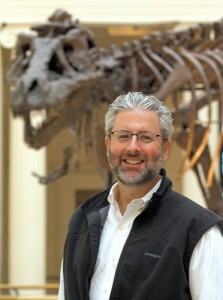 Noted paleontologist Neil Shubin, renowned for his 2004 discovery of Tiktaalik roseae, the so-called missing link between fish and land animals, is speaking at Vassar following screenings of the PBS series based on his best-selling book, Your Inner Fish: A Journey into the 3.5 Billion-Year History of the Human Body. – For more information visit: http://earthscienceandgeography.vassar.edu/news/announcements/2014-2015/150303-neil-shubin.html#sthash.zRRlu6N3.dpuf
Noted paleontologist Neil Shubin, renowned for his 2004 discovery of Tiktaalik roseae, the so-called missing link between fish and land animals, is speaking at Vassar following screenings of the PBS series based on his best-selling book, Your Inner Fish: A Journey into the 3.5 Billion-Year History of the Human Body. – For more information visit: http://earthscienceandgeography.vassar.edu/news/announcements/2014-2015/150303-neil-shubin.html#sthash.zRRlu6N3.dpuf
